Cactus Pruning Info: How And When To Prune A Cactus Plant
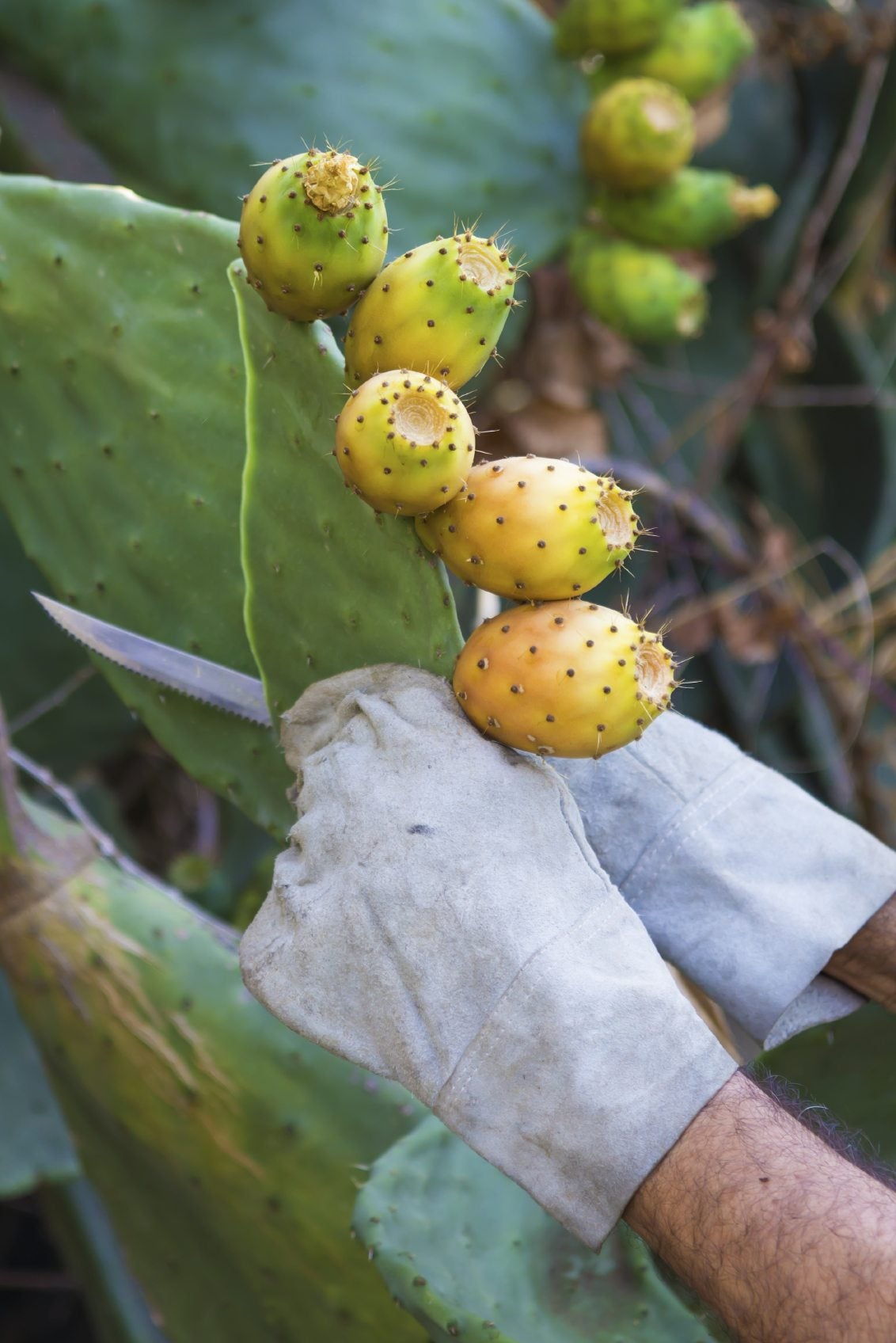

Cactus are low maintenance plants that generally thrive with neglect and do not require a lot of pampering. It might surprise you to find that cacti can and do need to be pruned now and then.
Cactus pruning is not always necessary and when to prune a cactus plant will depend upon why you are trimming it. A few notes on how to cut back a cactus for purposes of propagation, rejuvenation, and structural integrity will send you on the road to cleaning up your succulents properly.
Can You Trim a Cactus?
New succulent growers may ask, “Can you trim a cactus?” Most cacti really don’t need any form of shaping unless they have a great huge limb that looks ready to tip the plant over.
The major reasons for trimming cactus are to remove parts to root for new plants, remove offsets or pups for the same reason, reinvigorate a plant that has gotten too tall or too leggy, and to take off damaged material. Cacti come in a wide range of forms.
Cactus pruning can enhance these forms while preventing overcrowding, which can increase the chance of disease, mildew, and unhealthy plants.
- The Opuntias, Crassula, and Senecios have pads that serve as leaves and these are easy to remove and can be used to start new plants.
- Columnar plants, like totem pole cacti or organ pipe cacti, may simply get too tall or spindly and require a judicious beheading to force branching or simply thicker stems.
- Still other succulents in the family will produce flower stalks which are persistent and become ugly when dead. Removal of these will restore the beauty of the plant.
Trimming cactus has a variety of purposes, but the good news is that you can use many of the parts you remove to start new plants.
How to Cut Back a Cactus
The “how” of cutting back a cactus answers like a bad joke. The simple answer is, very carefully. Most cacti have some type of spine or prickle which can be painful to encounter.
Gardening tips, videos, info and more delivered right to your inbox!
Sign up for the Gardening Know How newsletter today and receive a free copy of our e-book "How to Grow Delicious Tomatoes".
Use thick gloves and wear long pants and sleeves for the bigger garden specimens. The tool will depend upon the size of the plant, but most will succumb to pruners. Only the largest will require a saw. As with all pruning, make sure the tool used is sharp and clean to avoid injuring the plant and decrease the chance of disease.
Remove limbs at the branch point but be careful not to cut into the main stem. Pads or leaves may just snap off or you can use pruners to remove them. For a big job like cutting back a columnar specimen, use a saw and remove the main trunk at the point at which you would like to see branching or at the height you require the plant.
Try to remove the stem at a growth point. Plants like agave will need the old leaves removed to preserve the appearance. Cut them away at the base of the plant with shears.
What to Do With Pruned Off Parts
Now for the fun part. Almost all the material you remove is salvageable except for diseased or dead stems and leaves.
- Pads will root if laid on top of soil and develop into a new plant of the same species.
- Cut stems and trunks should be allowed to callus at the end for several days and then can be planted to create new cactus.
- Any offsets or pups that you cut away from the base of a specimen are new plants in their own right and should be potted up immediately.
- Dead flower stalks and leaves are compost, but some varieties of cactus produce leaves on the flower stem which can be treated the same way as the pads of other species. Most cactus parts will start rooting within a month.
Once you restore your initial cactus to its glory, you will have the pleasure of making more of the spectacular plant and can increase your collection or give them away to family and friends.

Bonnie Grant is a professional landscaper with a Certification in Urban Gardening. She has been gardening and writing for 15 years. A former professional chef, she has a passion for edible landscaping.
-
 12 Mother’s Day Garden Gifts That Celebrate Moms Who Love To Grow
12 Mother’s Day Garden Gifts That Celebrate Moms Who Love To GrowAll Moms deserve to feel special on Mother’s Day, so treat her to a thoughtful gardening gift that helps her get the most out of her hobby.
By Melanie Griffiths
-
 Never Plant Seedlings Until They Pass These 3 Simple Tests
Never Plant Seedlings Until They Pass These 3 Simple TestsDon't be over-eager to transplant seedlings into the garden before they are ready. These quick and easy checks will help ensure flourishing plants.
By Mary Ellen Ellis
-
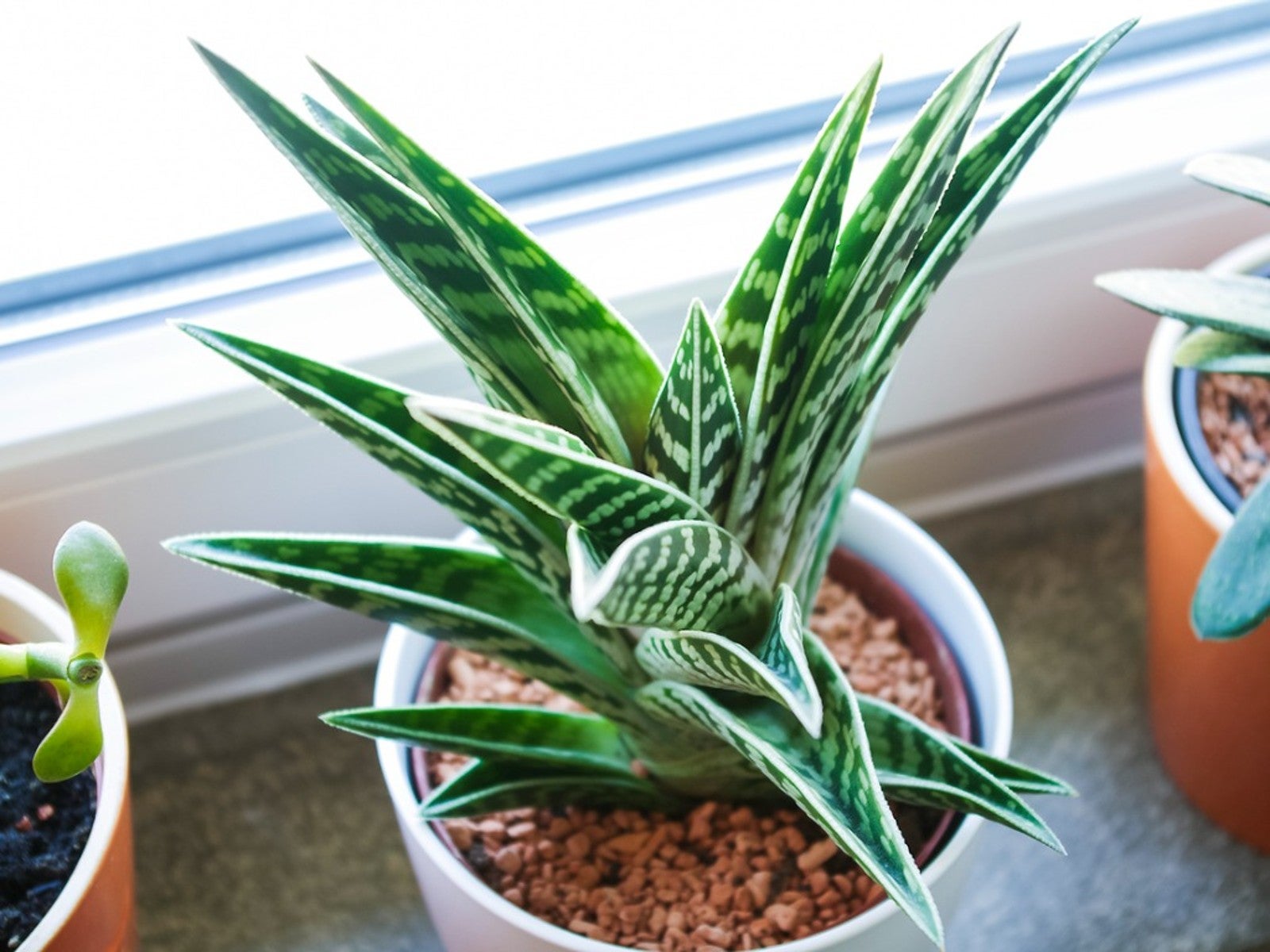 Variegated Succulents To Add To Your Plant Collection
Variegated Succulents To Add To Your Plant CollectionRead about some of the pretty variegated species that add beauty and interest to your succulent collection.
By Becca Badgett
-
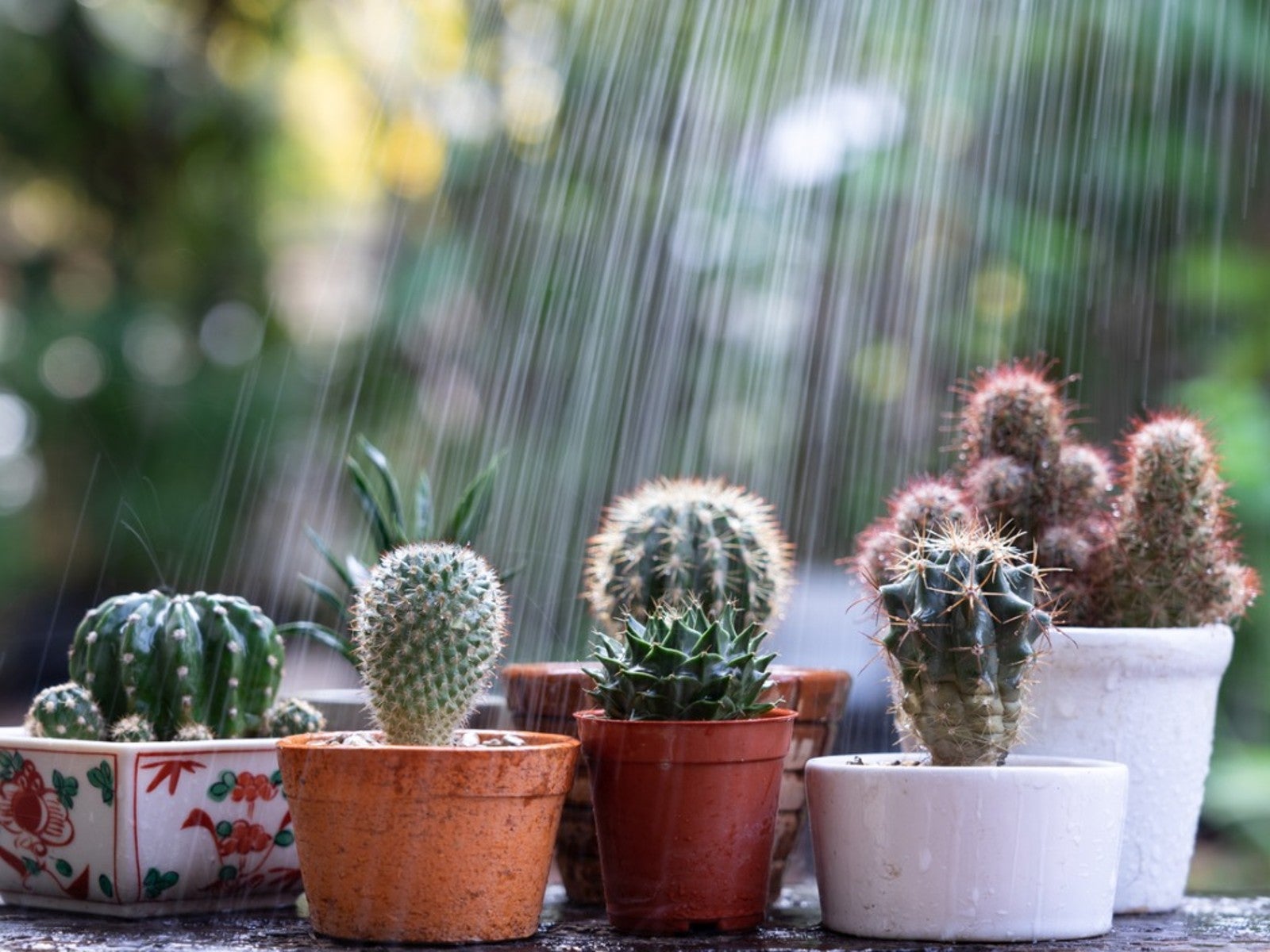 How To Protect Succulents And Cacti From Rain
How To Protect Succulents And Cacti From RainRain has the potential to cause damage to our cacti and succulents. However, when planted in proper soil, rainfall may perform as just a deep watering. Read on for more.
By Becca Badgett
-
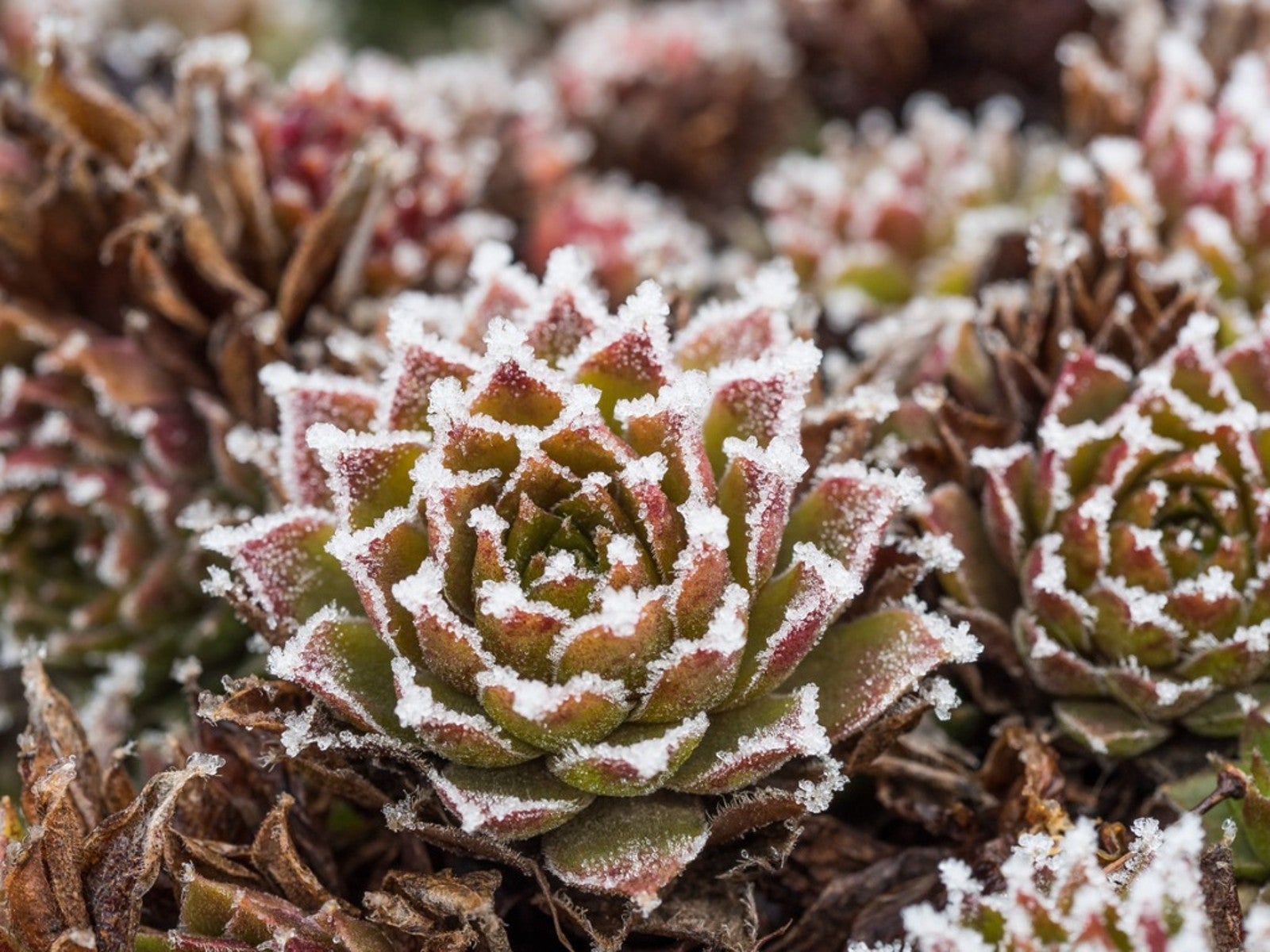 Succulents and Frost: How To Save A Succulent From Frost Or Freeze
Succulents and Frost: How To Save A Succulent From Frost Or FreezeCan succulents withstand cold? Succulents and frost don't traditionally go together and can result in damage, but you may be able to save frozen succulents.
By Bonnie L. Grant
-
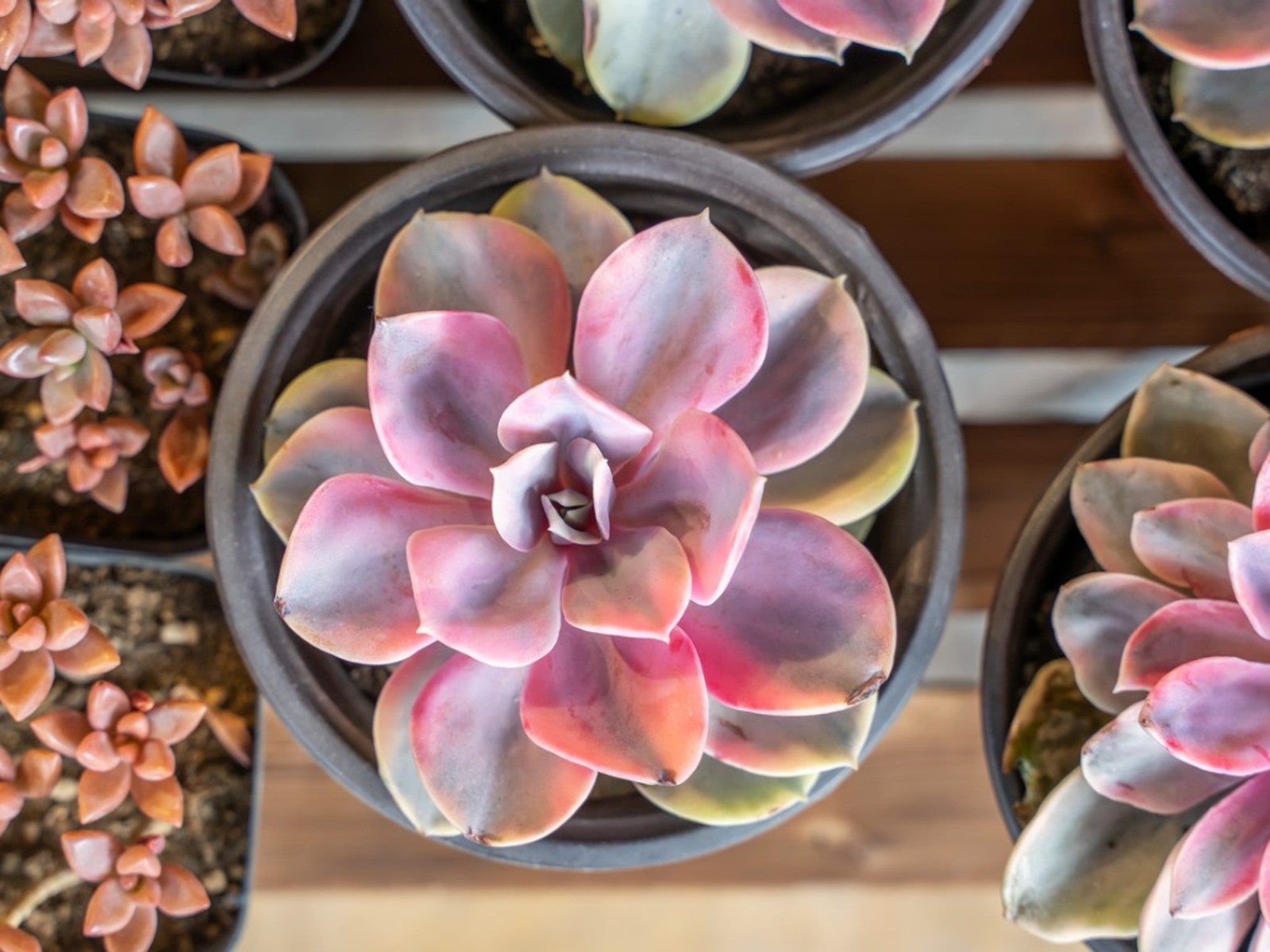 Pink Succulents Varieties To Try: How To Grow Perfect Pink Succulent Plants
Pink Succulents Varieties To Try: How To Grow Perfect Pink Succulent PlantsPink succulents may display the color on leaf edges or with streaks or blotches mingled throughout the foliage. Here are our favorites.
By Becca Badgett
-
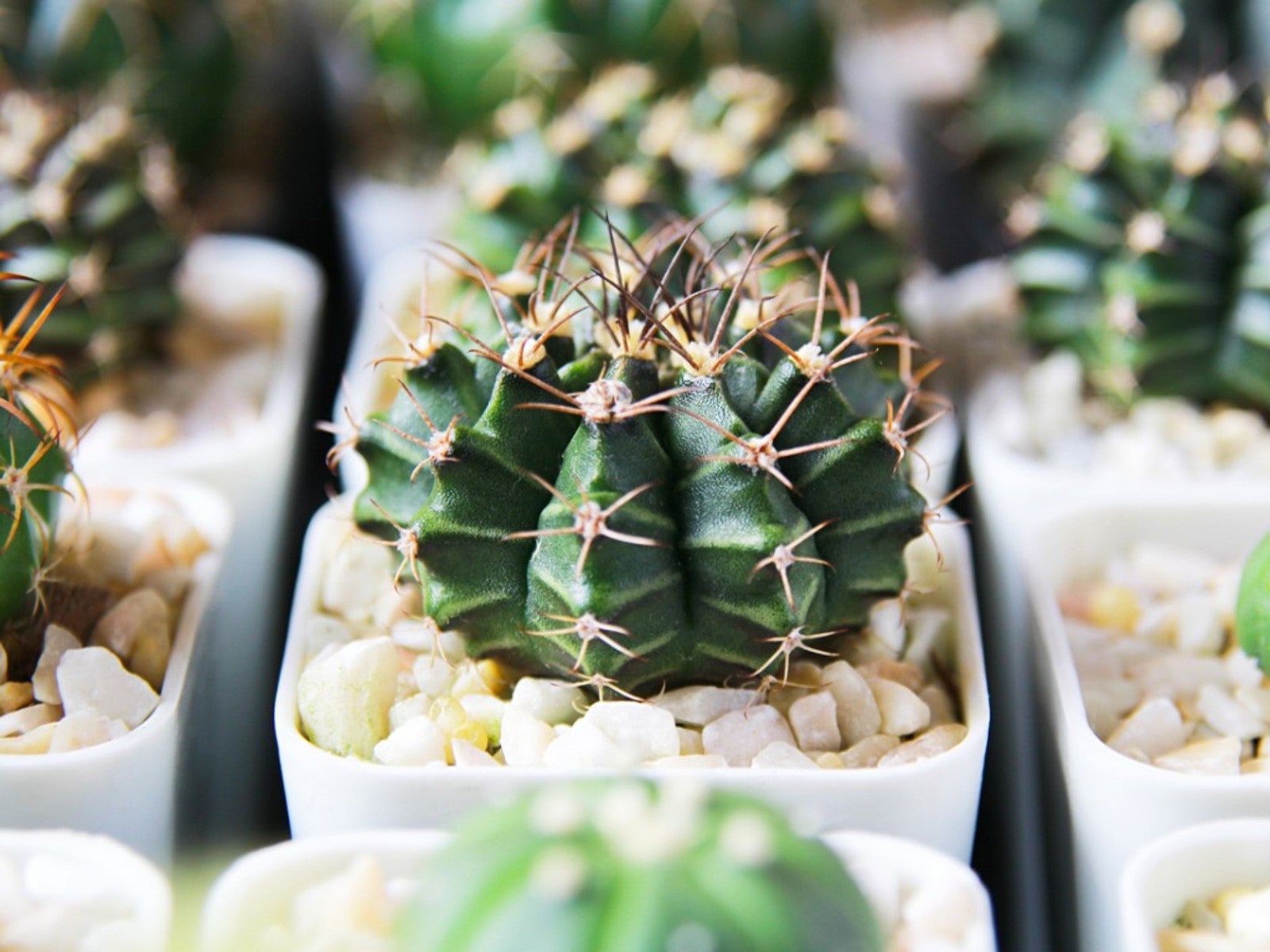 10 No Fuss Cacti - What’s The Best Low Maintenance Cactus
10 No Fuss Cacti - What’s The Best Low Maintenance CactusIf you’re thinking of adding plants to your collection, consider no fuss cacti. Click here for an easy cacti list, even for beginners.
By Becca Badgett
-
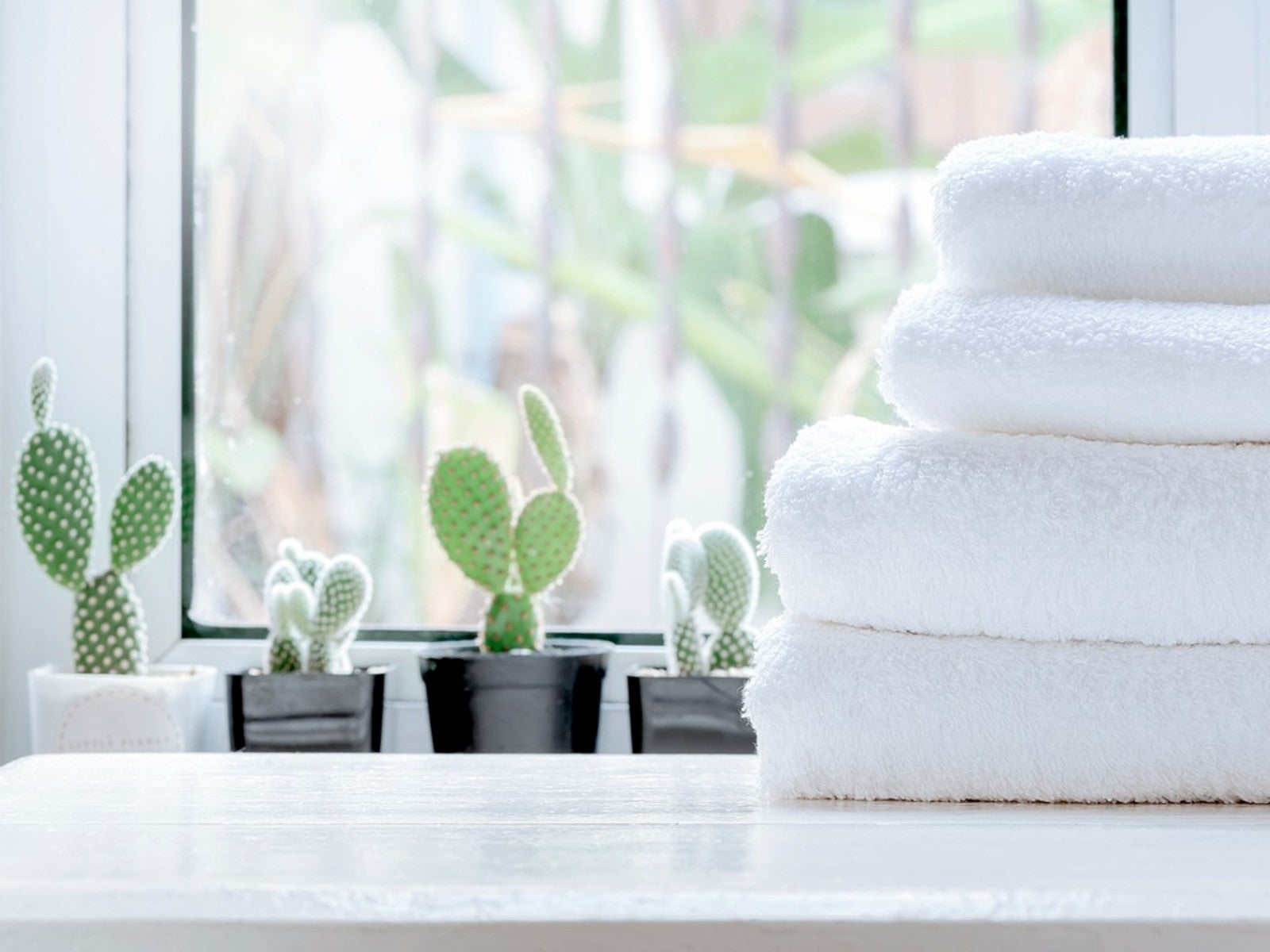 5 Best Succulents For A Bathroom
5 Best Succulents For A BathroomSome succulents can be great options for bathroom decoration. Read on for our top five bathroom succulent ideas.
By Becca Badgett
-
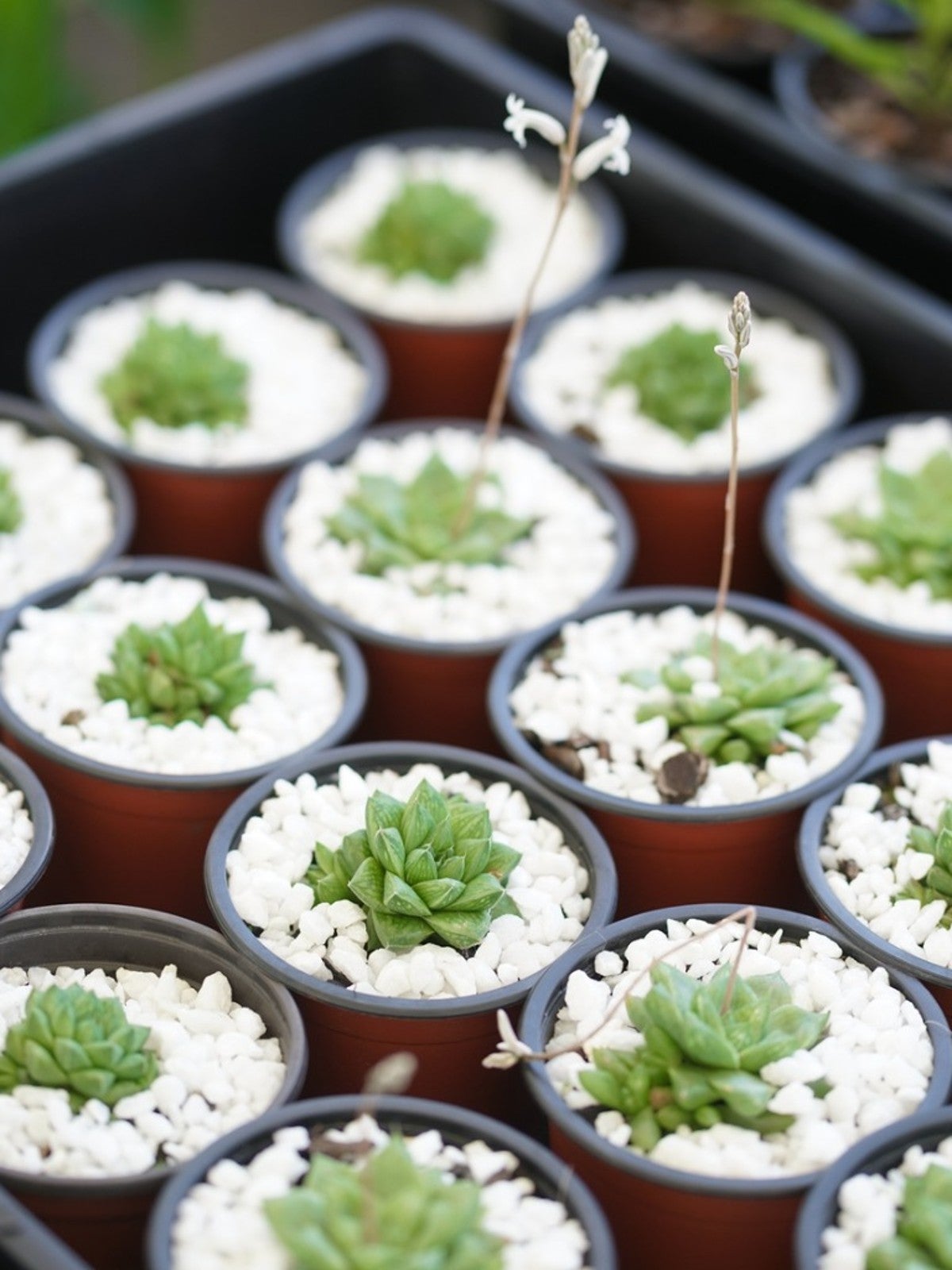 What Is A Succulent Starter Kit - Best Succulent Starter Kits
What Is A Succulent Starter Kit - Best Succulent Starter KitsWhile garden kits are not the most inexpensive option for growing succulents, they do include everything you’ll need. Grow succulents from seed by using a succulent seed starter kit to learn the process and to check your results.
By Becca Badgett
-
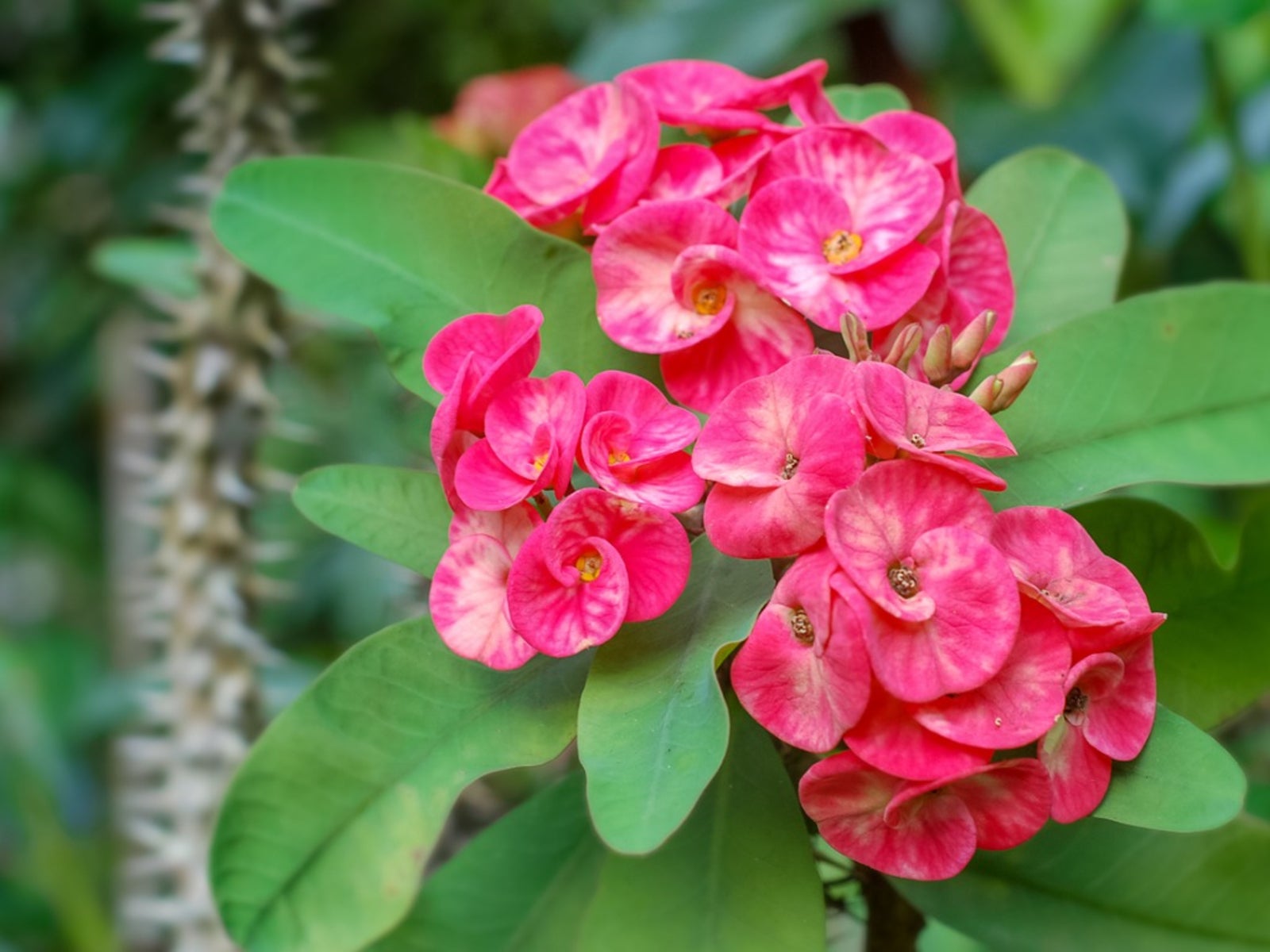 Dazzling Succulents - Succulents With Striking Flowers
Dazzling Succulents - Succulents With Striking FlowersWhen you think of succulents you may just envision their unique leaves and stems. But succulents also produce bright and bold flowers in the right conditions. Read on to learn more.
By Bonnie L. Grant